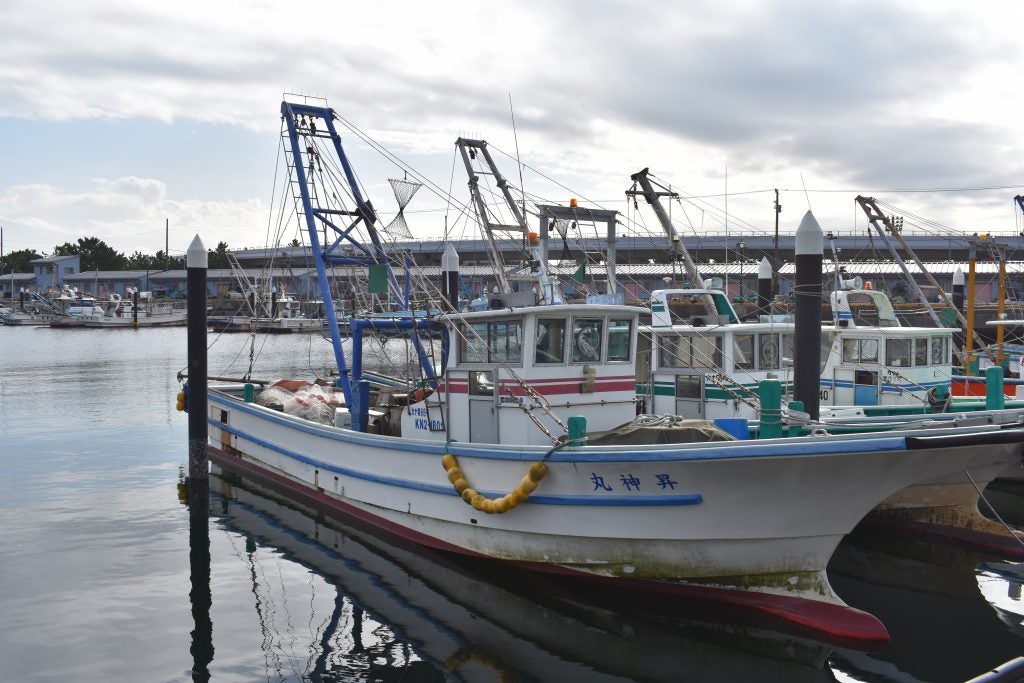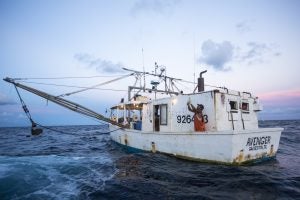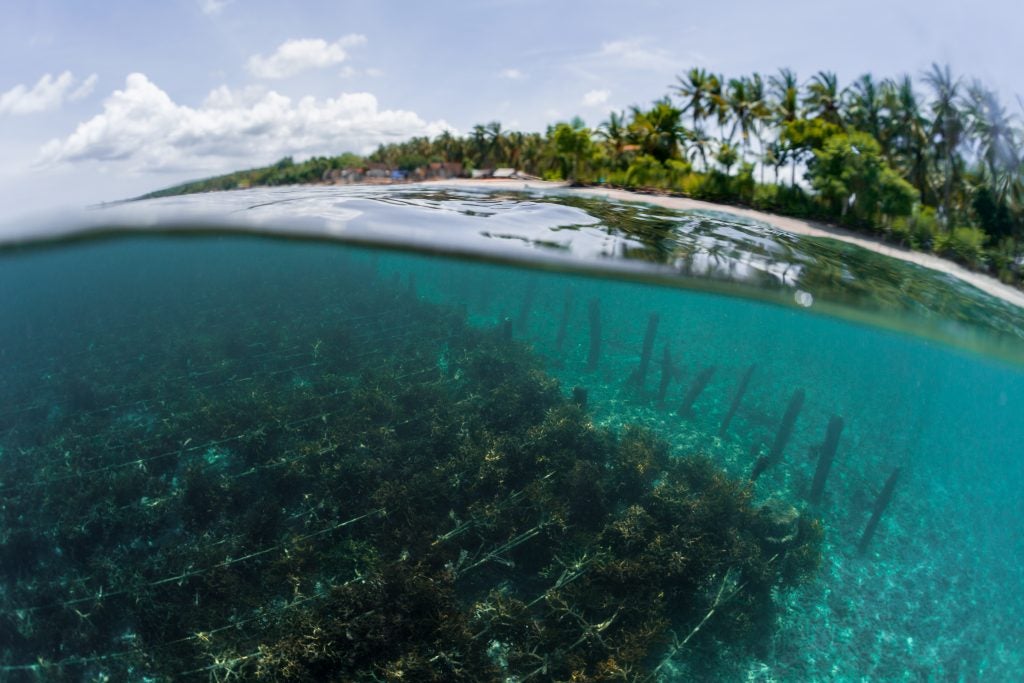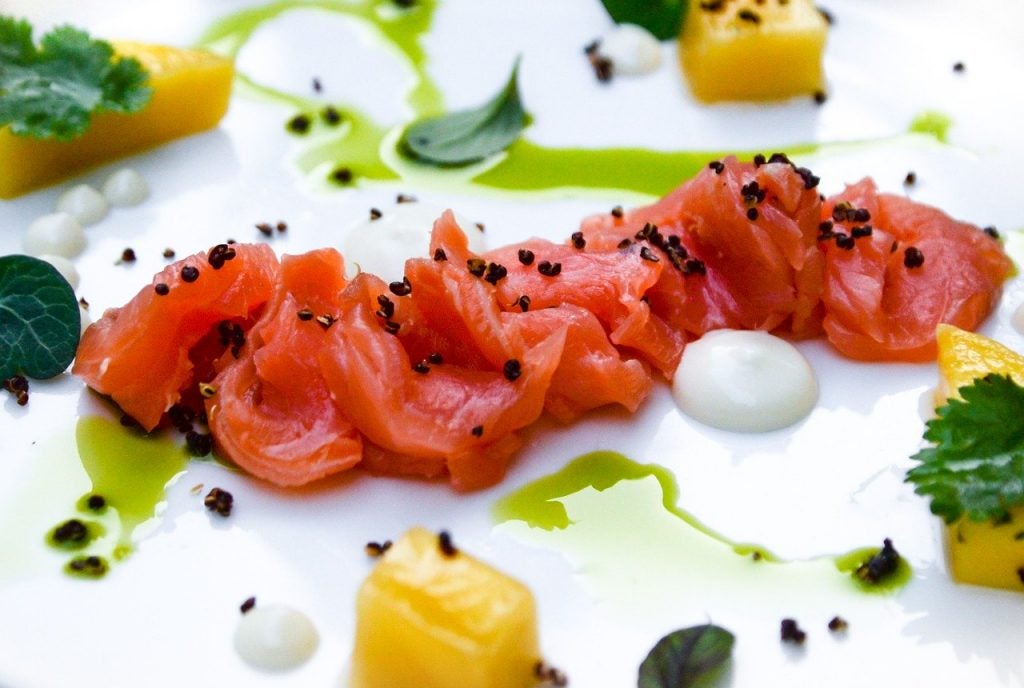By Christopher Cusack, Edwina Garchitorena and Rod Fujita
Globally, fisheries are of great importance. Yet small-scale fishers and their communities in the tropics are among the most vulnerable to the impacts of climate change. Rebuilding and managing the fish stocks that these communities rely on is critical to ensuring the food security and climate resilience of hundreds of millions of small-scale fishers globally. Generally, we know how to achieve this: reduce fishing pressure to allow stocks to grow to healthy levels and protect and improve fragile ocean ecosystems. Read More





 By
By